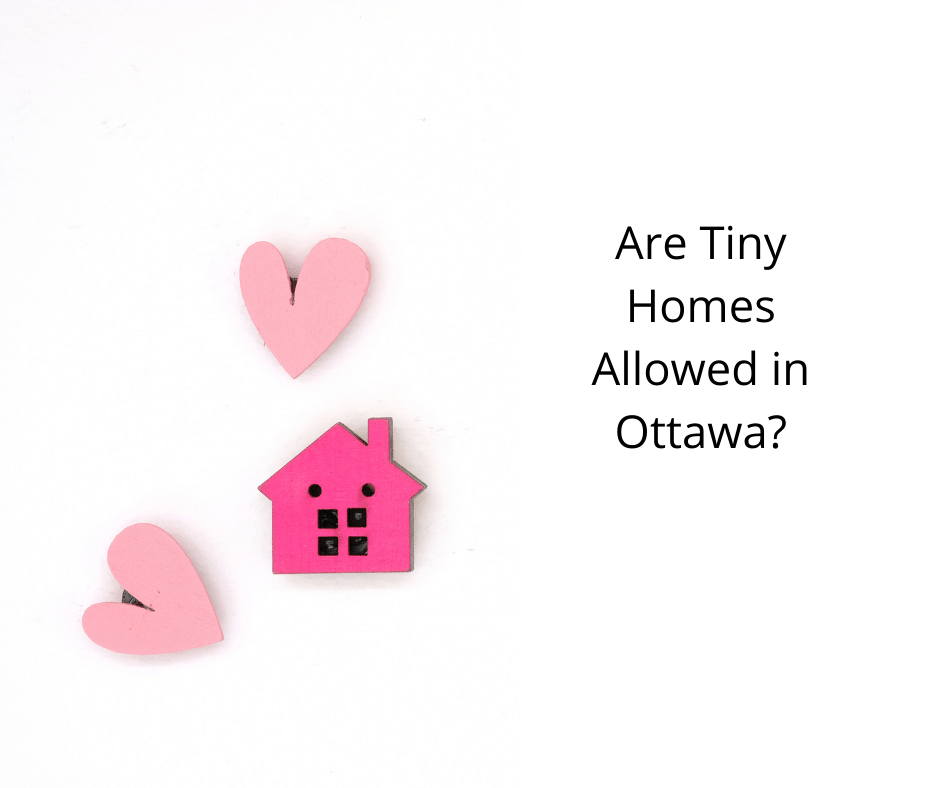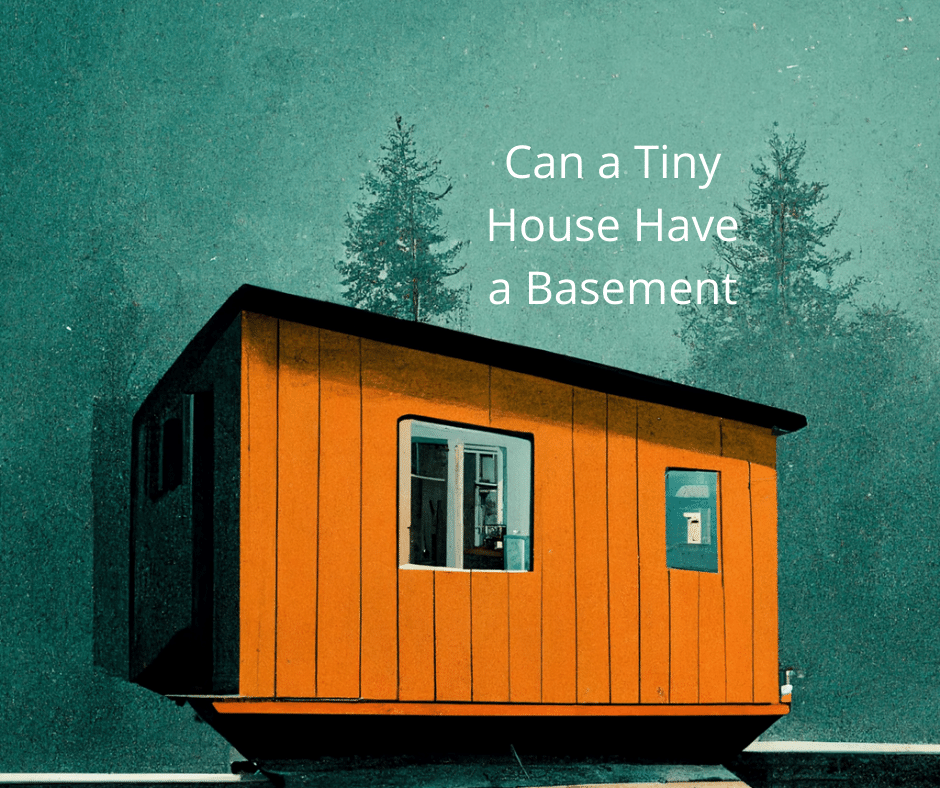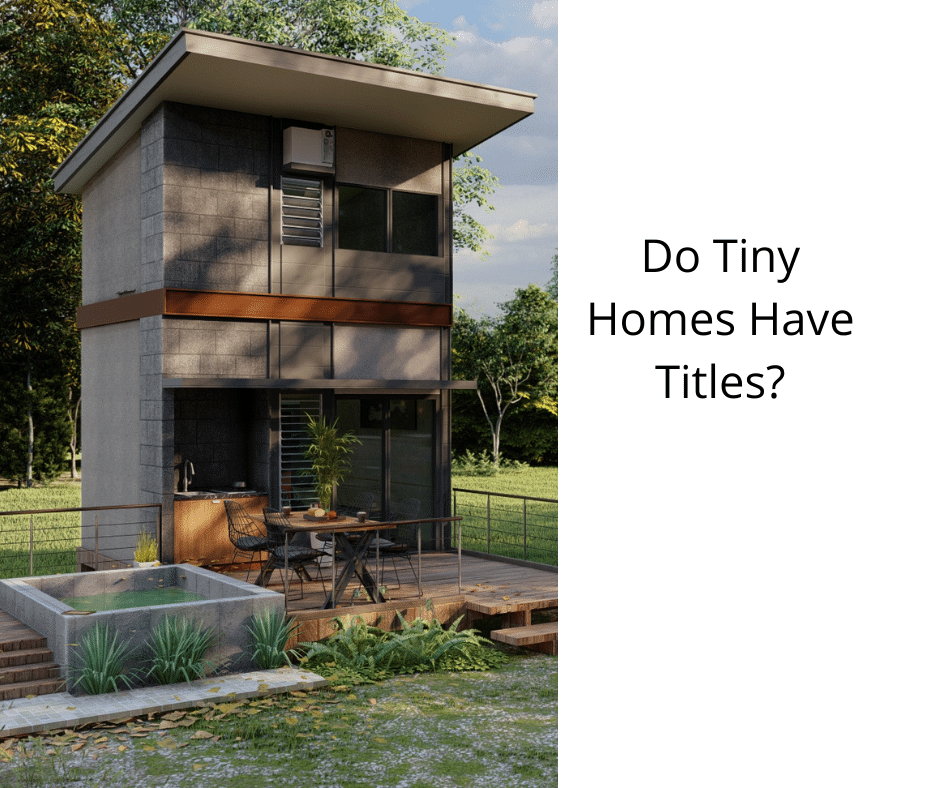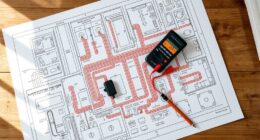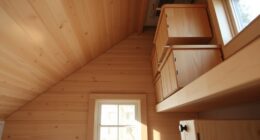Prior to making a decision, it is essential to understand the regulations surrounding tiny homes in Ottawa. While some areas already allow these dwellings, others may require a temporary zoning variance or impose significant fees for minor rezoning. It is also worth noting that tiny homes come in different designs and sizes, and coach houses may be permitted in certain areas. Nonetheless, compliance with local regulations is imperative.
Coach Houses
A new bylaw allowing for the construction of coach houses is causing some controversy. The bylaw says the new buildings must have minimal impact on neighboring properties. The goal is to provide affordable housing, while increasing density in existing neighborhoods. However, the rules for the construction of coach houses are different depending on the size. In some cases, it may be permitted, while in others it is not. However, it is important to understand the rules before starting any construction work.
If your home is already zoned for one dwelling, you can build a coach house in the same lot. However, the coach house must be less than 125 square meters in size. So, a 90 square metre dwelling can accommodate a coach house of 50 square meters. In addition to a building permit, you will also need a Site Plan Control Approval application if the coach house has a private septic system.
If you want to build a coach house, ensure it is connected to the main house. Ideally, the coach house should be on the same water system as the main home. Alternatively, you may want to install a separate well and septic system to serve the coach house. Another requirement is that the walkway between the main house and the coach house must be between 1.2 and 1.5 metres wide. Coach houses are not allowed to be detached from the main house, so you’ll need a building permit for each.
The NIMBY movement is a group of backyard political activists who dislike changes to their neighbourhood. The group’s main complaint is that new homes increase traffic, put pressure on municipal infrastructure, remove trees, and decrease property values. The idea of coach houses is also controversial because of the impact on the Greenbelt. However, if you can find a location that allows coach houses, you can add one to your yard.
Modular Tiny Homes
A growing number of property owners are turning to modular tiny homes for a variety of reasons. They can save money on utility bills, and are more energy efficient than standard houses. These tiny homes can also be used as guesthouses or secondary suites. However, these types of homes aren’t allowed in all communities. Modular tiny homes are allowed in Ottawa if they fit within certain specifications. In many municipalities, they are allowed to be built on the same lot as a primary dwelling unit. The building must be connected to the primary home’s water and sewage systems.
In Ottawa, the city’s municipal planning department allows the addition of secondary dwelling units to existing properties. These new units increase the density of the city while creating affordable housing for residents. Additionally, the City allows modular tiny homes to be added to existing homes and can include a garden suite or coach house. These units can be built on wheels or anchored to the ground. The City of Ottawa website is informative, but not definitive.
A recent bylaw allows the construction of coach houses in certain locations. However, local opposition to this project has been substantial. A petition signed by more than 10 per cent of the population was launched to halt the project. However, Ottawa’s flagship community of tiny homes is destined to make a significant difference for homeless veterans. A father of a fallen soldier is especially pleased to play a role in the project. Moreover, two non-profit organizations are building tiny homes for homeless youth and seniors.
Currently, 10 of the 20 lots are sold, while six more are under contract. By summer 2020, the new policies will allow backyard tiny homes in Ottawa. Moreover, the city has a special program for people who want to build a modular tiny house. However, the regulations are still in flux, and they are expected to change in the near future. But if they pass, they will make tiny house living much easier for residents.
Regulations for Tiny Homes in Ottawa
If you’re considering building a tiny home in Ottawa, you may be wondering whether it’s legal. While secondary dwellings have long been a part of the housing market in Ontario, tiny homes pose a number of challenges for municipalities and regulators. While a tiny home isn’t considered a “real” building, it will still need to meet the Ontario building code. In addition to that, a tiny home built by a certified manufacturer will be easier to park and have scheduled inspections.
The good news is that most municipalities now allow tiny homes. Ultimately, tiny houses will become legal in every city in Canada. In Ottawa, tiny homes would be allowed on designated sites. And because they are smaller than regular homes, many people would find them more affordable than conventional housing. Plus, they are environmentally friendly, too. Some of these homes have original designs, so they would be unique and different than the average house. The best way to find out if a tiny house is allowed in Ottawa is to look for a licensed building permit.
Depending on the size of your tiny home, there are several municipal regulations that must be followed. Firstly, the tiny home must be suitable for year-round living. It should include a kitchen, a dining area, a bathroom, and a sleeping area. Secondly, it should be above the minimum size allowed in Ontario. The city’s tiny home building policy is a step above the provincial regulations.
While Canada is a country of small cities, tiny living is still not widely accepted. Although there are no laws prohibiting tiny homes in most cities, there are many regulations that must be followed in order to construct them. In fact, some cities and counties have strict rules against tiny homes. For example, Vancouver’s City Hall does not allow RV parks or tiny houses. The city also has strict zoning regulations for residences.
Woodstoves
If you’re building a tiny house, it’s possible to incorporate a wood stove in your interior. Whether you want to heat your entire home or just your favorite living room, a wood stove can be an excellent choice. They’re clean-burning, renewable, efficient, and can reduce your heating bills. Plus, they look beautiful. Here are some tips to help you choose the right one for your tiny house.
First, consider what fuel source you’ll be using. A wood stove is a great choice for tiny houses, because they don’t require electricity. This means that you’ll have a much lower monthly bill. Also, wood stoves are better for the environment than fossil fuels, since they don’t produce toxic emissions. The downside to a wood stove is its cost, but the heat is well worth it.
As with any wood-burning stove, wood stoves need a lot of fresh air to burn properly. The stoves need fresh air from all directions to prevent creosote from accumulating inside the chimney. In addition, wood stoves tend to consume all of the oxygen in a tiny house, so it’s important to make sure that the stove has a direct access to fresh air.
Another important tip for installing a wood stove in a tiny house is to locate it in a central location. You won’t have many rooms to heat, so a small wood stove placed near a wall is best. If you want to add a chimney, it’s best to place it near the wall or a corner, where it will be easy to reach. It’s also possible to install the wood stove on a floor, which is a common practice in small homes.
Getting a Building Permit
If you’re planning on building a tiny home in Ottawa, the first thing you’ll need to do is get a building permit. This will allow you to add more living space to your property, which will increase the density of the city and improve the availability of affordable housing. If you’re planning to build a tiny home on wheels, it’s even better because these homes can be rolled onto someone else’s land and parked. However, you must be sure to adhere to all the regulations set by the municipality before you can move forward with construction.
Getting a building permit for a tiny home in Ottawa is easy. You need to confirm that your lot is zoned for a tiny home. You can do this by calling 3-1-1 or contacting a Building Code Client Service Representative. The City of Ottawa also has information on the location where tiny homes can be placed. A building permit will make it easier for you to find a site and get started with your construction.
The city will decide if your tiny home is small enough. Some municipalities have minimum and maximum sizes, and a tiny home must be 37 square meters or less. You can also choose a zone based on whether it will be used as a primary or secondary home. You can also choose to finance your tiny home on land you own or rent. Once the home is completed, you can relocate it if needed. A DIY building is also possible.
Whether you’re building a tiny home on your own or a contractor, you should get a building permit. Ottawa is very friendly to tiny homes. It’s also an excellent place to build a tiny home. Ottawa has a number of small lots for tiny homes, so you’ll find it easier to park and schedule scheduled inspections. It’s a good idea to choose a certified manufactured home builder if you’re going to be on your own land.
Hi, I’m Emma. I’m the Editor in Chief of Tiny House 43, a blog all about tiny houses. While tree houses are often associated with childhood, they can be the perfect adult retreat. They offer a cozy space to relax and unwind, surrounded by nature. And since they’re typically built on stilts or raised platforms, they offer stunning views that traditional homes simply can’t match. If you’re looking for a unique and romantic getaway, a tree house tiny house might just be the perfect option.
